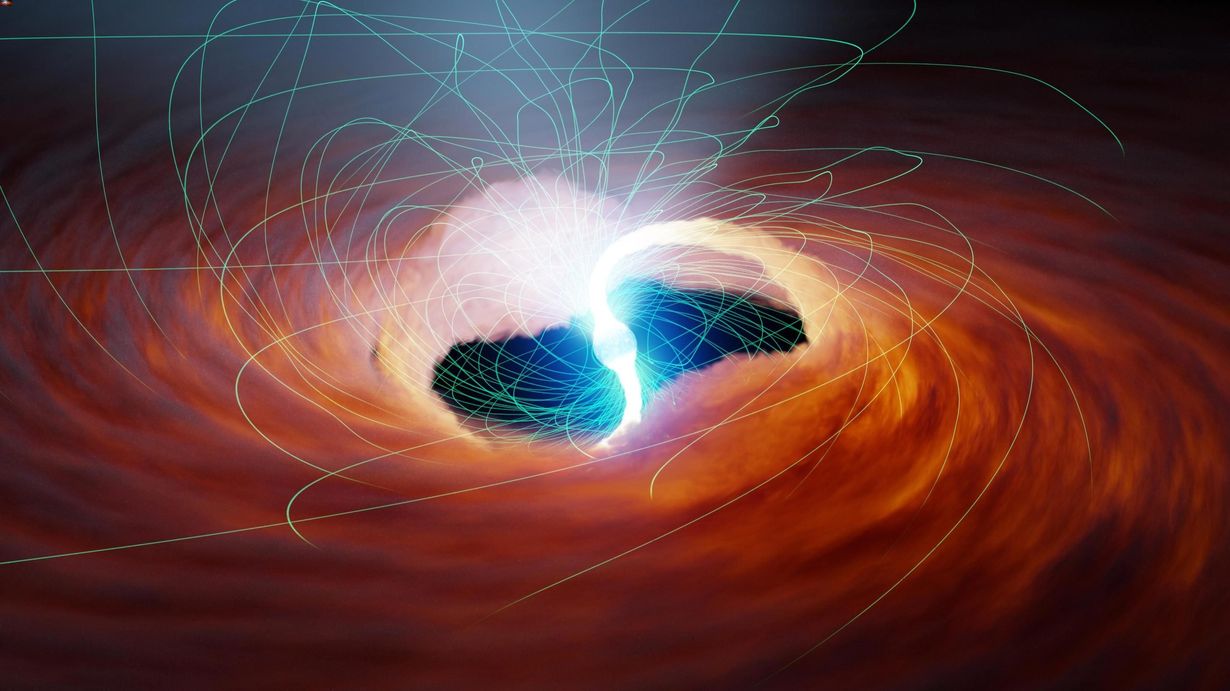
What is Eddington luminosity? Eddington luminosity is the maximum brightness a star or other astronomical object can achieve when radiation pressure outward balances the gravitational pull inward. Named after Sir Arthur Eddington, this concept is crucial in understanding how massive stars and black holes behave. When an object reaches this luminosity, it can no longer hold onto its outer layers, leading to powerful stellar winds or even the shedding of mass. This balance plays a key role in the life cycles of stars, influencing their evolution and ultimate fate. Understanding Eddington luminosity helps astronomers predict how stars will change over time.
What is Eddington Luminosity?
Eddington luminosity is a concept in astrophysics that defines the maximum brightness a star or other celestial object can achieve when radiation pressure outward balances gravitational pull inward. This balance is crucial for understanding the life cycles of stars and the dynamics of black holes.
-
Named After Sir Arthur Eddington: The term honors British astrophysicist Sir Arthur Eddington, who first described this limit in the early 20th century.
-
Critical for Massive Stars: Massive stars often reach or exceed this luminosity, leading to significant mass loss through stellar winds.
-
Influences Star Formation: Eddington luminosity plays a role in star formation by determining the maximum mass a star can have before radiation pressure halts further accretion.
The Physics Behind Eddington Luminosity
Understanding the physics behind Eddington luminosity involves delving into the forces at play within a star.
-
Radiation Pressure: This is the force exerted by photons as they collide with particles, pushing them outward.
-
Gravitational Force: The inward pull that tries to collapse the star under its own weight.
-
Balance Point: Eddington luminosity is achieved when these two forces are in perfect equilibrium.
Calculating Eddington Luminosity
The calculation of Eddington luminosity involves specific constants and variables.
-
Formula: The formula is L_Edd = 4πGMc/κ, where G is the gravitational constant, M is the mass of the object, c is the speed of light, and κ is the opacity.
-
Opacity Factor: Opacity (κ) measures how transparent a material is to radiation, affecting the luminosity limit.
-
Mass Dependency: Eddington luminosity is directly proportional to the mass of the celestial object.
Eddington Luminosity in Different Celestial Objects
Different types of celestial objects exhibit varying Eddington luminosities.
-
Stars: Massive stars can reach Eddington luminosity, leading to powerful stellar winds.
-
Black Holes: Accreting black holes can also reach this limit, affecting the rate at which they consume matter.
-
Quasars: These extremely luminous objects often operate near or at Eddington luminosity.
Observational Evidence
Observations provide evidence supporting the concept of Eddington luminosity.
-
X-ray Binaries: Systems where a star orbits a neutron star or black hole often show signs of reaching Eddington luminosity.
-
Supernovae: The explosion of massive stars can momentarily exceed Eddington luminosity.
-
Active Galactic Nuclei: The centers of some galaxies, powered by supermassive black holes, exhibit luminosities near the Eddington limit.
Implications for Astrophysics
Eddington luminosity has far-reaching implications in astrophysics.
-
Star Lifecycles: It influences the evolution and ultimate fate of massive stars.
-
Black Hole Growth: Determines the rate at which black holes can grow by accreting matter.
-
Galaxy Formation: Plays a role in the formation and evolution of galaxies by regulating the growth of supermassive black holes.
Challenges and Controversies
Despite its importance, Eddington luminosity is not without challenges and controversies.
-
Super-Eddington Luminosity: Some objects appear to exceed this limit, challenging current understanding.
-
Variability: Changes in opacity and other factors can cause fluctuations in luminosity.
-
Complex Interactions: The interplay between radiation pressure and other forces can complicate the simple model of Eddington luminosity.
Future Research Directions
Ongoing research continues to explore and refine the concept of Eddington luminosity.
-
Advanced Simulations: Computer models help simulate conditions where Eddington luminosity is relevant.
-
Observational Campaigns: Telescopes and observatories aim to gather more data on objects near this luminosity limit.
-
Theoretical Developments: New theories seek to explain phenomena that appear to exceed Eddington luminosity.
Fun Facts About Eddington Luminosity
Some interesting tidbits add color to the concept of Eddington luminosity.
-
Eddington's Parrot: Sir Arthur Eddington had a pet parrot named "Polly," who would often sit on his shoulder while he worked.
-
Historical Impact: Eddington's work on luminosity was pivotal in confirming Einstein's theory of general relativity.
-
Cultural References: Eddington luminosity has been referenced in various science fiction works, highlighting its influence beyond academia.
-
Educational Tools: Many educational programs and planetariums use Eddington luminosity to teach about the life cycles of stars and black holes.
The Final Word on Eddington Luminosity
Eddington luminosity is a crucial concept in astrophysics. It defines the balance point where radiation pressure from a star's light equals the gravitational pull inward. This balance helps scientists understand the life cycles of stars, black holes, and other celestial objects. Knowing the Eddington limit aids in predicting how these objects behave, grow, and evolve over time.
This concept isn't just theoretical. Observations of quasars, neutron stars, and other high-energy phenomena rely on understanding Eddington luminosity. It helps explain why some stars shine brightly while others remain dim.
Grasping this balance of forces gives us a clearer picture of the universe's workings. It’s a key piece of the puzzle in our quest to understand the cosmos. So, next time you gaze at the night sky, remember the delicate dance of forces at play, keeping those stars shining brightly.
Was this page helpful?
Our commitment to delivering trustworthy and engaging content is at the heart of what we do. Each fact on our site is contributed by real users like you, bringing a wealth of diverse insights and information. To ensure the highest standards of accuracy and reliability, our dedicated editors meticulously review each submission. This process guarantees that the facts we share are not only fascinating but also credible. Trust in our commitment to quality and authenticity as you explore and learn with us.
